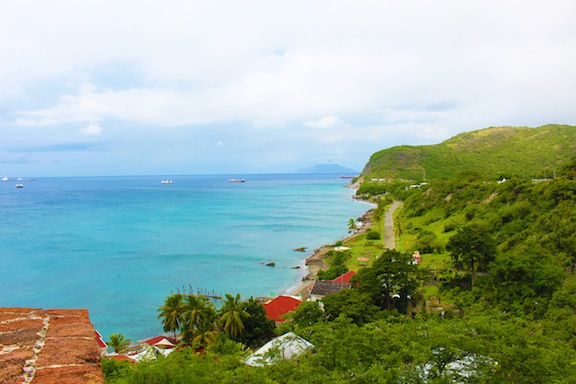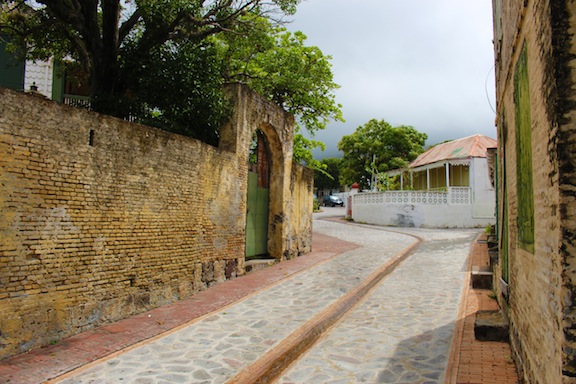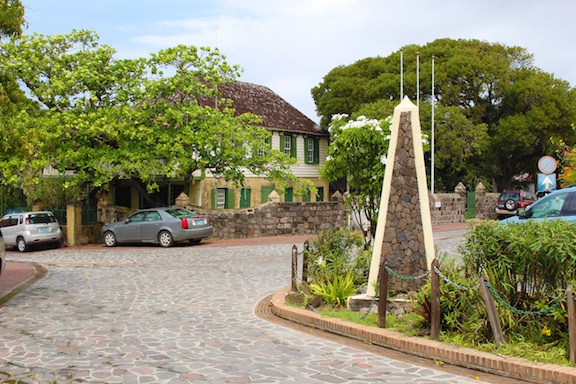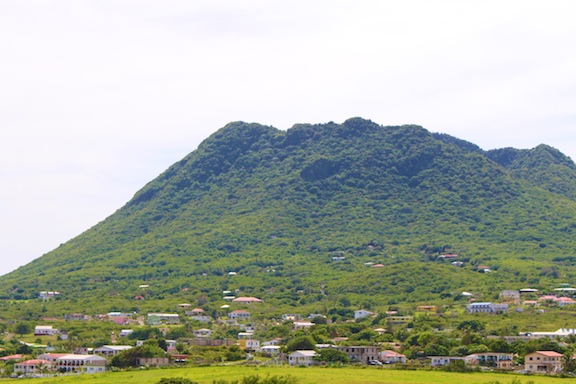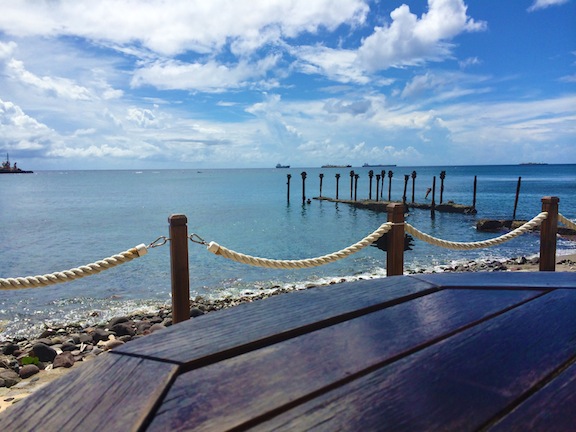By Alexander Britell
ST EUSTATIUS — The town of Oranjestad is a winding, cobblestone-covered collection of mostly 18th century Dutch colonial buildings and scattered small homes.
On a sunny Saturday, its stony streets have a certain opaque gleam. They are mostly empty.
If you squint for a moment, you can see something else — a few outdoor cafes; a street trumpeter; a few tourists taking snapshots of the old walls; the hum of an art gallery.
You don’t see these things, because this town, and the island of St Eustatius, has yet to be discovered.
While it’s just a 20-minute flight from St Maarten, with five regular flights each day on regional carrier Winair, this island of around 4,000 people is not yet a tourism destination in any significant way.
It has the elements of one: crystal clear waters perfect for diving; a group of green small mountains ready to be hiked; a beautiful stretch called Gallows Bay that’s home to the island’s top hotel; the aforementioned, vast potential of the town of Oranjestad; and that quality so sought after in today’s world: quiet.
There are just a few black-sand beaches, one on the Caribbean side and another on the rough currents of the Atlantic, none of note, though.
Statia, then, is a rarity in the Caribbean: a place untouched by tourism, the region’s largest economic driver, but also by development. It is a blank slate, an empty canvas.
Is it a full-fledged tourism destination? Not yet. In strict tourism terms, it needs a few more high-quality hotels, more restaurants, more attractions.
Above: the island’s top hotel, the Old Gin House, which is currently planning an expansion
So what’s next for the Caribbean’s undiscovered island?
Statia’s Director of Tourism, Charles Lindo, has made it clear the island wants its tourism to develop in a sustainable way, as all Caribbean destinations should.
This past week, the island held its third annual Statia Sustainable Conference, looking to gather ideas on how to bring itself forward and develop this nascent industry.
But driving and traveling the island last week reminded me of a frequent point of contention in the Caribbean, something that strikes a chord with citizens, politicians and travelers alike:
What is the right way to develop the Caribbean?
Often, travelers want places to be quiet, with untouched beaches, few tourists and small-scale hotels.
But that can be selfish, too: does not a lack of “development” also hinder the economic development of the very people who live there?
Then, of course, the people who live there may not want the change that comes with economic development.
Is there away to unite these competing factions?
The thought that came to my mind, walking the streets of Oranjestad, was this: forget about the question of development. Forget about the question of tourism.
This old colonial town, with its empty cobblestone streets and boarded up brick buildings, has amazing potential.
Not as a destination, but as a place. It has the potential to be a great town, a great small city. A micro-hub of culture, arts and music.
And if you make a place great — if you make it a great place to live for the people who live here, you make it a great place to visit.
Indeed — making Statia into a great destination and developing Statia are not mutually exclusive.
So right now, the overwhelming character of Statia is not as a secret tourism destination. Not yet.
It’s an incredible opportunity.
